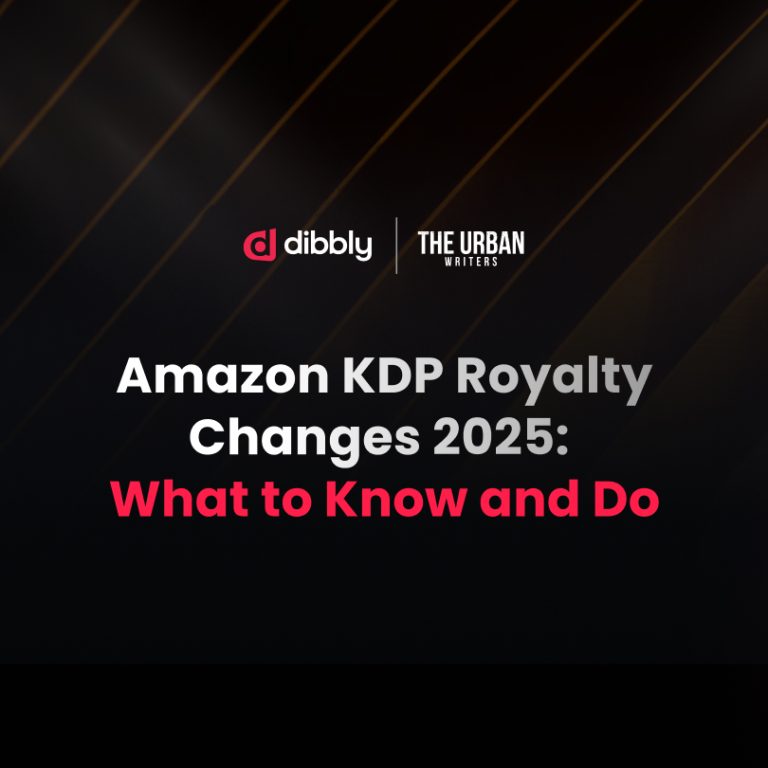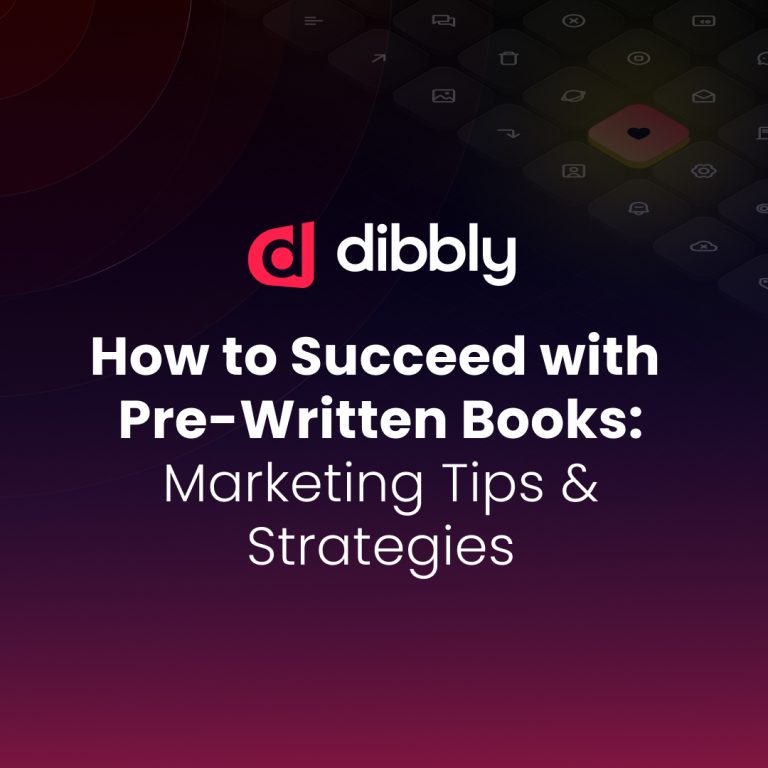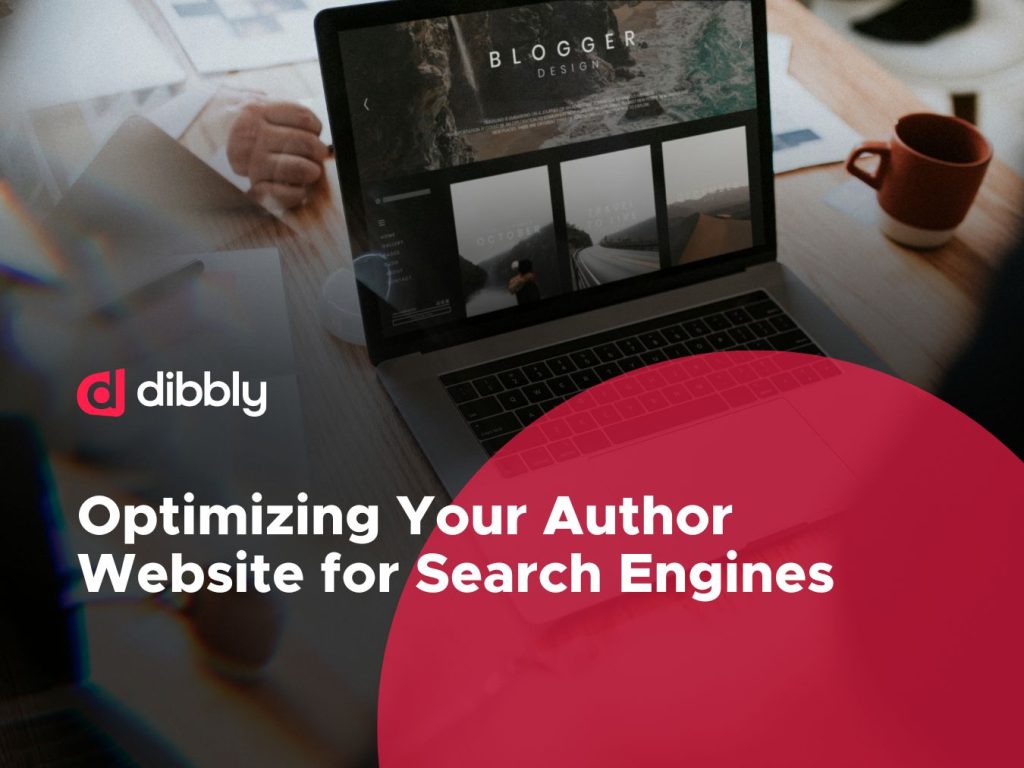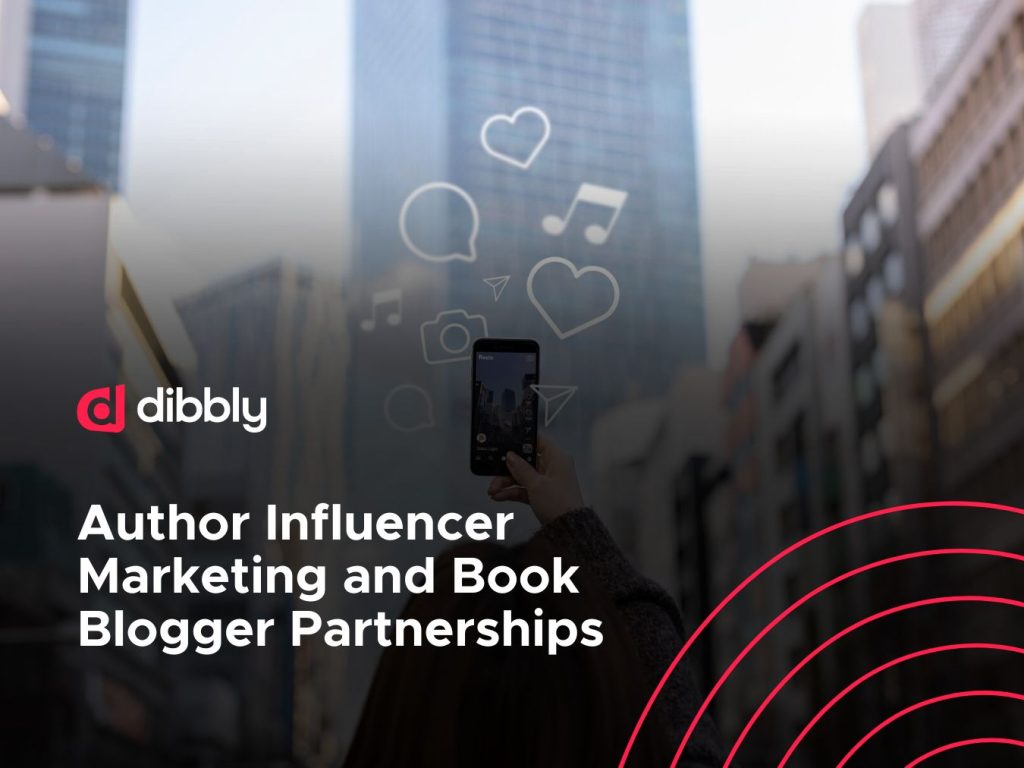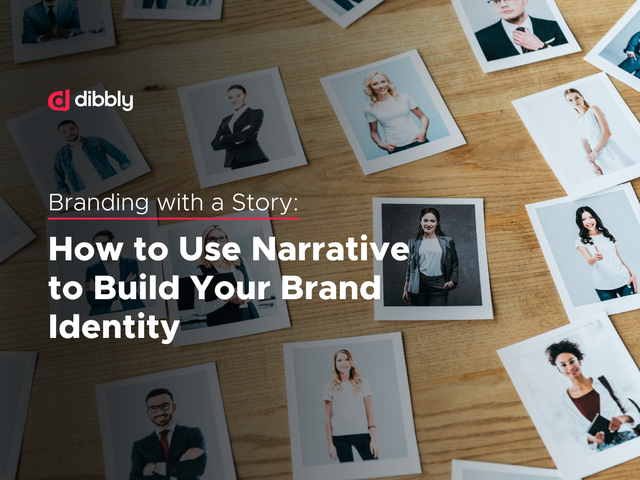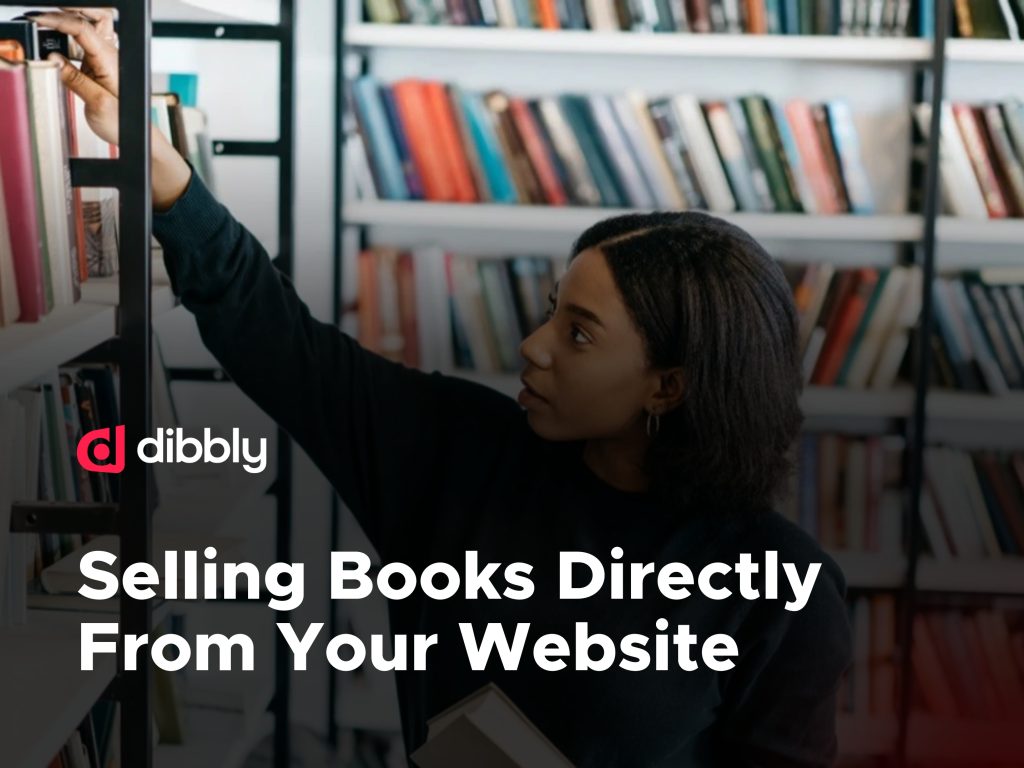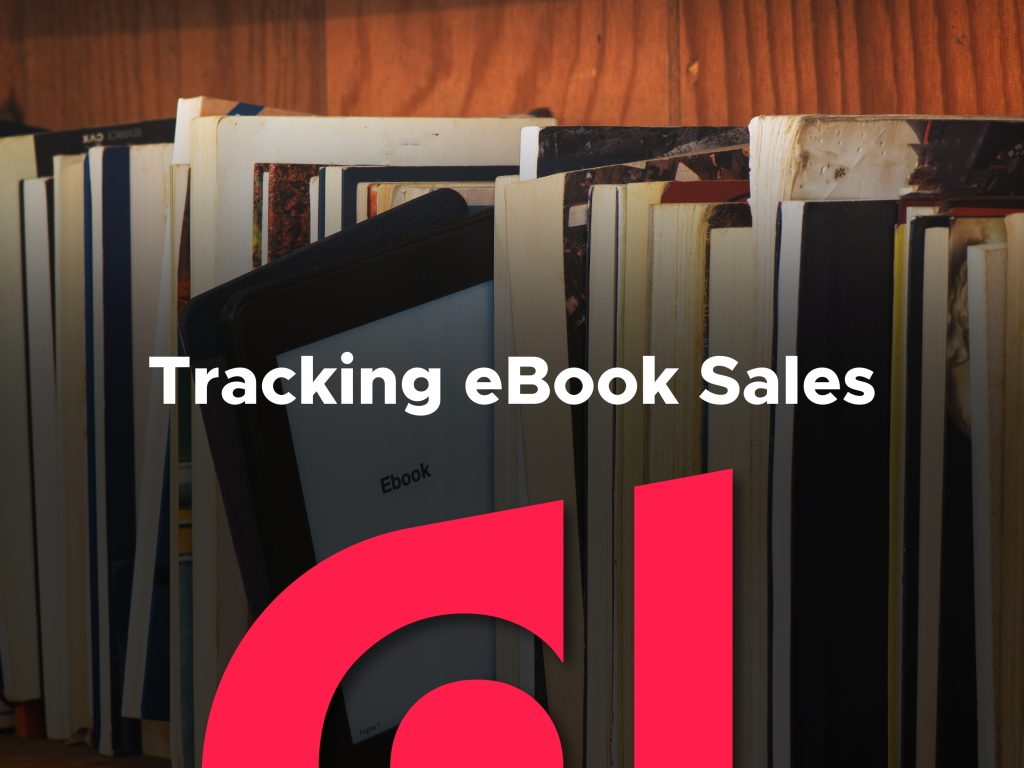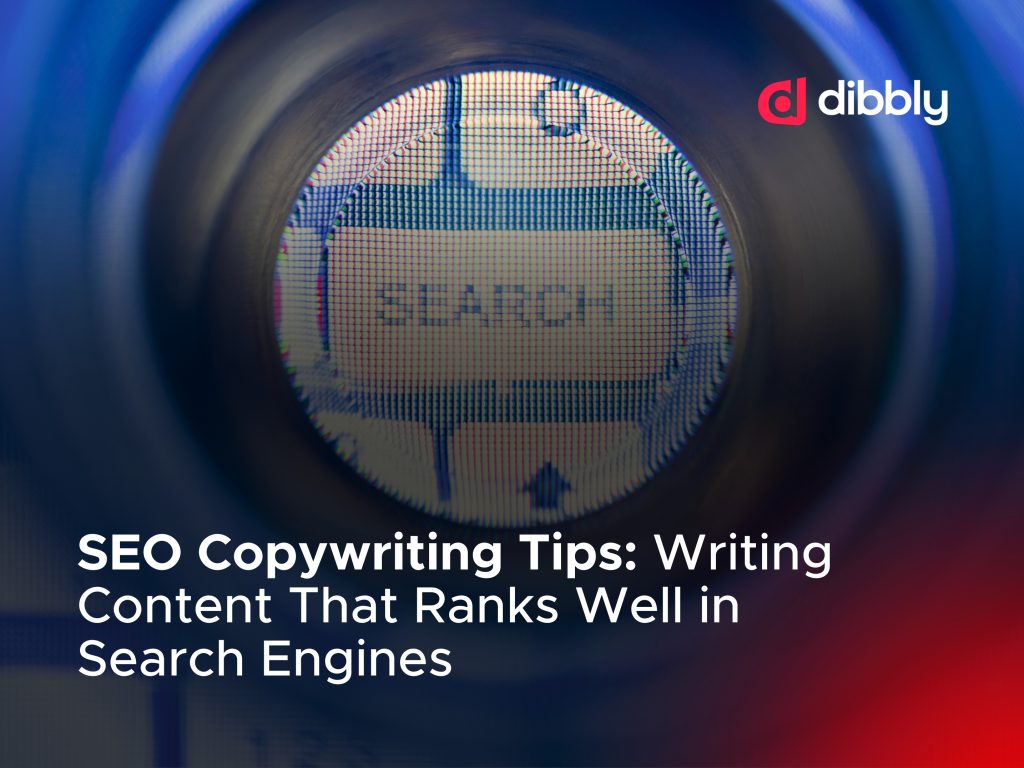The advancement of technology, particularly information technology and its adaptation in every aspect of our daily lives, has been a steady and inescapable reality. Regardless of the simplistic nature of a task, there is likely a form of technology available that is intended to make the process more efficient. This has facilitated not only more productive industries, which have garnered wealth resulting in improved standards of living but also the freedom to explore and expand into other fields; it is safe to say, therefore, that technology has been the catalyst of evolution.
Evolution has been a characteristic applied to every aspect of human existence; we are constantly improving our every endeavor. Take, for example, one of the most basic and fundamental abilities we possess as sentient beings: our ability to record our history, thoughts, and ideas through written communication; it has seen advancements ranging from writings on walls in caves to chiseled stone to carvings on wood to reed pens on papyrus to ballpoint pen and paper to typewriters to printers then electronically through a myriad of digital interfaces. However, this was not the climax as evolution has gotten to a point where written communication is now automated—without any direct human involvement—most notably through the AI content-generating app ChatGPT.
It is only natural, then, that the ability that sets humans apart and places us above all other forms of intelligent beings—our creativity through arts—benefits from our drive to evolve. Technology has long been a trusted tool of the creative and is likely to have a purpose at every stage of the process, from inception to distribution. Like most areas that have seen the application of technology, advancements are inevitable; creative arts, with the introduction of AI art tools, are no exception.

What Is Artificial Intelligence (AI)?
AI is fundamentally a tool, and like all tools, it has its uses and limitations. Used primarily to increase the productivity of businesses, but due to its varied usefulness in a multitude of applications, AI apps are constantly being identified and taken advantage of more widely for leisure and personal uses.
The complexity of tasks that an AI app is capable of is dependent on the type or stage of its cognitive function. Cognitive function as it relates to AI apps is similar to the very basic functions of human intelligence. In humans, free thought allows us to create independently; however, for AI, free thought is currently not a feature, and all actions taken by the varied types of AI apps are dependent on the commands or protocols put in at the assembly stage of the app.
AI apps are capable of using the data from past occurrences, be it the fluctuations in a stock market or the musical choice of a user, to predict the most likely outcome, whether that is which stock is likely to return a profit or loss or which song a 14-year-old prefers.
Because AI has attributes that are typically associated with, in particular, the ability to solve a problem using logic attained through past experiences. In the case of AI, these experiences are not lived but rather gained through data allocation.
There currently exist three types of AI:
- artificial narrow intelligence: Also called “weak AI”—this is the only form of AI in practical use and includes all the known types used privately or commercially. At this stage, the cognitive functions that it can achieve are limited; artificial narrow intelligence is developed for a singular purpose and is incapable of evolving beyond that purpose. The setback for this stage of cognitive function is the inability to have independent thought; rather, it relies solely on the commands that were programmed into the AI interface. It relies on these preloaded instructions that determine the data it should analyze, and based on the algorithm, it uses that data to perform tasks.
- artificial general intelligence: Also known as “strong AI”—it is currently a theoretical version of AI. At this stage of development, AI systems would possess a cognitive system advanced enough that they no longer rely on human input to set their tasks or provide guidelines on how to function. Strong AI can identify an issue of its own volition and not only create a method of resolving it. The benefits include the automation of tasks and the reduction of time spent on repetitive coding. This level of autonomy is currently entirely theoretical; however, computer scientists believe that once the next stage of AI technology is achieved, it will become so advanced that it will improve upon itself and, therefore, achieve the final stage of AI.
- artificial super intelligence: This is the final stage of “strong AI” and will include all the traits of artificial general intelligence in addition to advancements that will, in many ways, mirror the mind of a human. It will also increase efficiency, resulting in faster problem-solving abilities than an average person. At this stage, AI will also develop emotional responses that will allow them to develop not only a conscience but also rage and contempt, which is a grave concern for most.

Advancements in AI Apps for Art
Changes in the way we create and distribute art have seen and been the beneficiary of the same type of steady evolution as written communication. We have evolved from the days of the gramophone to today’s digital forms of streaming that not only offer convenience to consumers but also provide opportunities for artists to broaden their reach. As with the previously explored written communication, the ultimate stage of the process of evolution is its adaptation to a digital form and, ultimately, an automated process. This has not only increased accessibility and allowed more people to explore their creative prowess but has also greatly improved the way we create art.
Types of AI Art Apps
New apps, as well as features and user functionality, are constantly expanding. As a result of this variety, app developers will aim to entice consumers to review their product by allowing most of the basic features to be free to use. This allows anyone curious about AI art tools to get an introduction without the commitment. The ideal choice that offers the desired feature and functionality will come down to the perspective of the user and will likely be affected by the volume of samples it analyzes through to price.
The following are the most popular types so an independent assessment can be ascertained:
- NightCafe
- OpenArt
- Designs.ai
- Auto Draw
- CF Spark Art
- Jasper Art
- Dream by WOMBO
- Canva AI
- Dall-E 2
- Midjourney
AI art tools are developed with the ability to generate art through a process known as training, which is the developer of the AI app using the works of other artists, including their original creations, concepts, and style, to train its algorithm. The types of images analyzed and their source depend on the app creator’s instructions.
Users instruct the AI art app on the type of content to create using prompts, which are descriptions of the type of image they wish to create. Prompts include details of the intended end product, such as the style of a particular artiste, the era, and the cultural element.
Is Artificial Intelligence Good or Bad?
The flip of a coin could be what determines whether we address the good or bad associated with AI. Depending on who is being asked, the perception could easily be for or against, with a myriad of valid reasons for the chosen stance. This article, therefore, is a means of providing as much unbiased information as possible and allowing you, the reader, to decide on what side of the AI fence you stand on. However, it is often the case where it does not amount to being a yay or nay black or white decision, and the gray area becomes the only logical conclusion.
Before proceeding, it would be best to remove the negative preconception that AI is a corporate tool meant to mitigate the cost of offering services by removing the human workforce and, therefore, the cost associated with hiring people. Admittedly, the streamlining that is a benefit of AI will undoubtedly result in improvements and efficiency that will eventually reflect in the bottom line for the corporation or individual that employs this technology.
Having an objective view that analyzes the pros and cons, as with all other aspects of our lives and decision-making, is integral. Failure to approach with an open mind often results in lost opportunities and unintended errors.
The Good
AI app tools offer users multiple methods of increasing their efficiency; for artists with reservations about having a machine generate their art simply by typing in a few words, it also offers the benefit of gaining in the research process. Designers, for example, can use the database an AI has garnered for its algorithm as a sort of directory to offer an illustration of their idea, thus inspiring them to create their original work. AI art tools also increase efficiency by automating tasks that may be considered repetitive or inconsequential.
The Bad
Copyright infringement is another major concern as often the training parameters that app developers use don’t take into account or see a moral obligation to request permission to derive the element of a unique work, including an original style or color palette. On top of artists having their work set the foundation for AI, it poses the risk of putting them out of work as the cost of an AI app is significantly less than that of hiring a person. Quality also suffers from the utilization of AI to create art, particularly due to its lack of emotional understanding; AI can analyze and replicate a work but would not have felt the passion or pain that led the artiste to create it.

